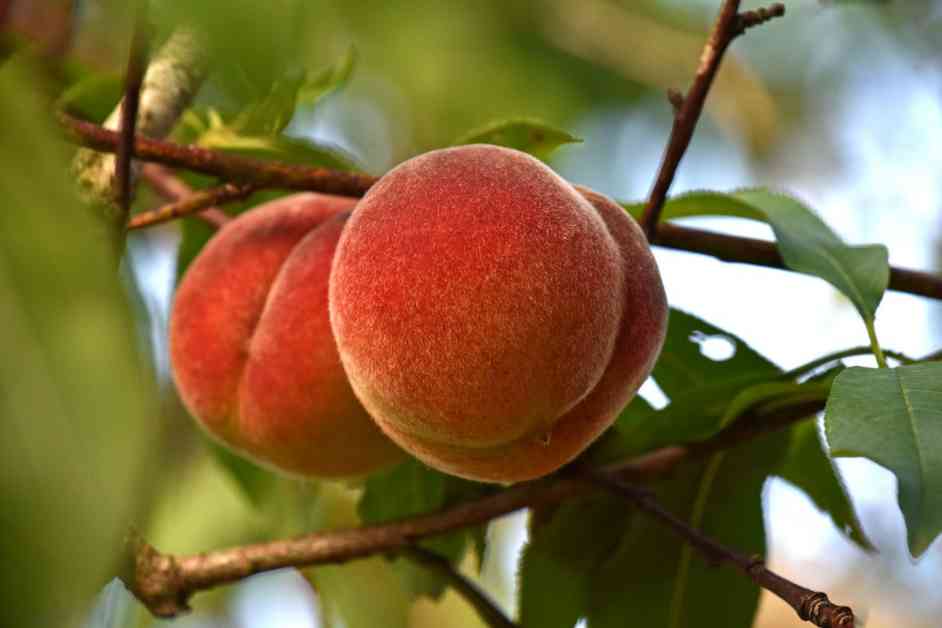Peaches have a long and fascinating history in the United States, starting from their origins in China over 8,000 years ago to their introduction to the Americas by Spanish colonists in the 1500s. While it is commonly known that Georgia is now known as the Peach State, the spread of peaches across the eastern U.S. was heavily influenced by Indigenous peoples.
Recent research published in Nature Communications sheds light on the role that Indigenous communities played in the dissemination of peaches throughout the region. Archaeological evidence from various sites in the southeastern U.S. reveals the presence of peach pits, indicating that Indigenous people not only cultivated peaches but also actively traded them along existing networks.
One surprising finding from the study is the presence of peach pits in inland Georgia dating back to the early to mid-1500s, potentially linked to early Spanish expeditions in the region. However, the bulk of early peach pits come from coastal Florida and Georgia, spreading to other states like Alabama, North Carolina, Tennessee, and Arkansas over the following decades.
The research highlights the intricate interactions between Indigenous networks and Spanish colonizers, with peaches being spread through Indigenous communities independently of Spanish colonization efforts. This demonstrates the agency and influence that Indigenous peoples had in shaping the landscape and ecology of the region to cultivate peaches successfully.
RaeLynn Butler, a botanist and member of the Muscogee (Creek) Nation, emphasizes the enduring connection that Indigenous communities have with peaches, even after being forcibly relocated westward in the 1830s. The significance of peaches in Indigenous cultures is evident in the naming of tribal towns and the inclusion of peach ripening in natural timekeeping milestones.
Despite the upheaval caused by the U.S. Indian Removal Act, which displaced Indigenous nations from their ancestral lands, the cultivation of peaches persisted in areas like Oklahoma, where Indigenous peoples continued to care for peach trees. The survival of peach varieties grown by Indigenous groups in the southeastern U.S. underscores the resilience and resourcefulness of these communities.
While the modern peach industry in the U.S. is associated with the introduction of specific commercial cultivars from Asia, such as the Chinese Cling, there is evidence to suggest that these varieties may have mixed with the indigenous peach varieties cultivated by Indigenous groups before their removal. Future research aims to explore the genetic relationships between modern peach varieties and the original fruits spread by Indigenous communities.
The story of how peaches became an icon of the U.S. Southeast is a testament to the cultural heritage and agricultural legacy of Indigenous peoples in the region. Through their stewardship of the land and cultivation of crops like peaches, Indigenous communities have left a lasting impact on the landscape and history of the eastern U.S.










